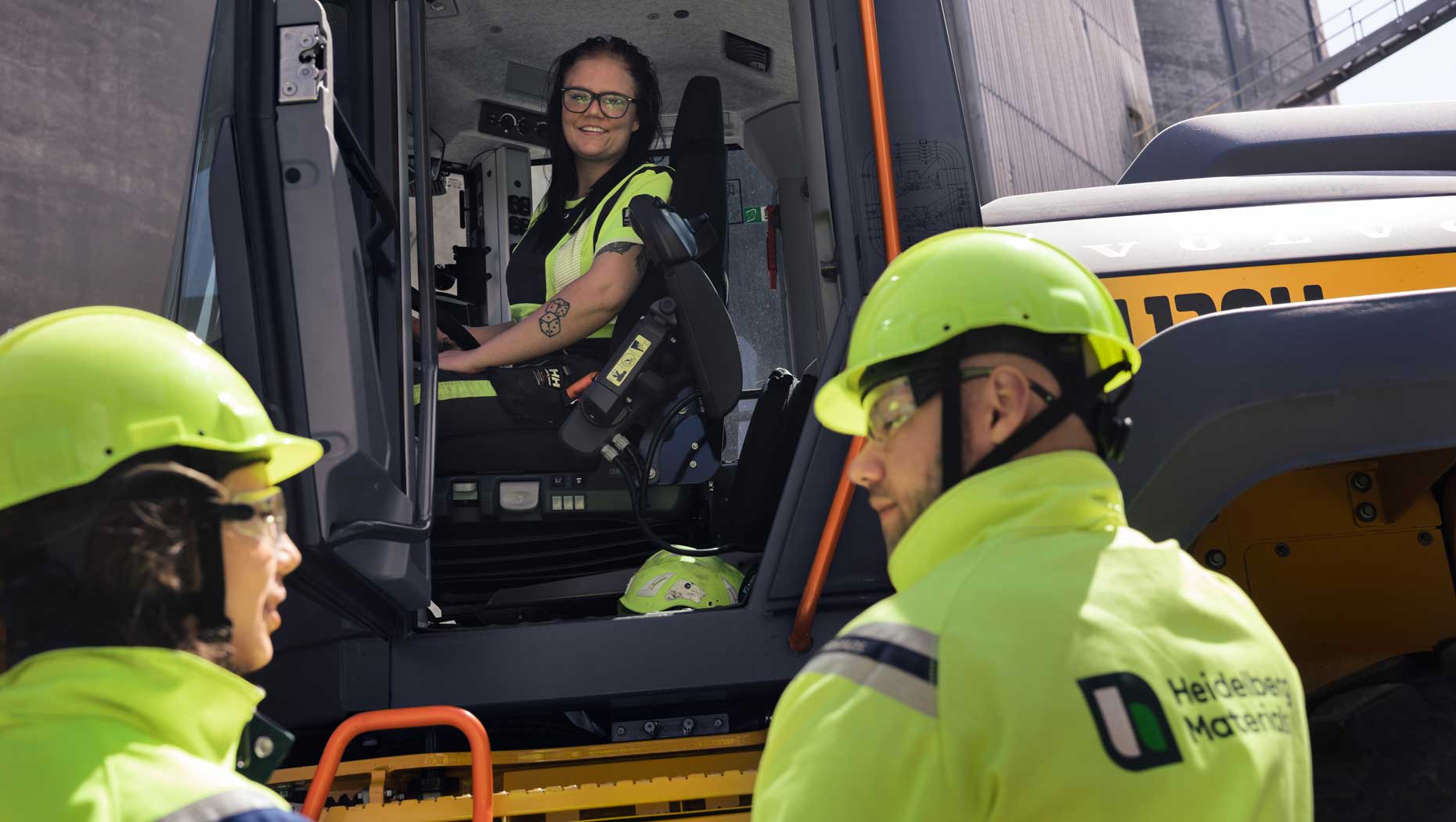Scope 3 emissions: Use of sold products
The main part of emissions – approximately 96% - occurs when the products are being used. Several factors in this phase are out of our control, but we have seen that we can help to reduce these emissions. The ambition is net-zero by 2040. These milestone targets for our main segments help us towards our goal.
1. Trucks: –40% per vehicle km
2. Buses: –40% per vehicle km
3. Volvo CE: –30% in absolute reductions
4. Volvo Penta: –37,5% in absolute reductions by 2034
Read more about reducing emissions here.
Scope 1 and 2 emissions:
Scope 1 emissions are those that occur directly from our operation. Scope 2 emissions are indirect emissions from that occur when e.g. electricity our operations is generated. Less than 1% of life cycle emissions are connected to scope 1 & 2, including production plants, engineering centers, offices and dealerships.
The target is to reduce these by 50% by 2030 compared with 2019
There are two main ways to reduce these emissions:
1. To conserve energy. This can be done by implementing energy efficient technologies.
2. Reduce GHG intensity. This can be facilitated by increasing the share of renewable energy at our sites and from energy suppliers.


